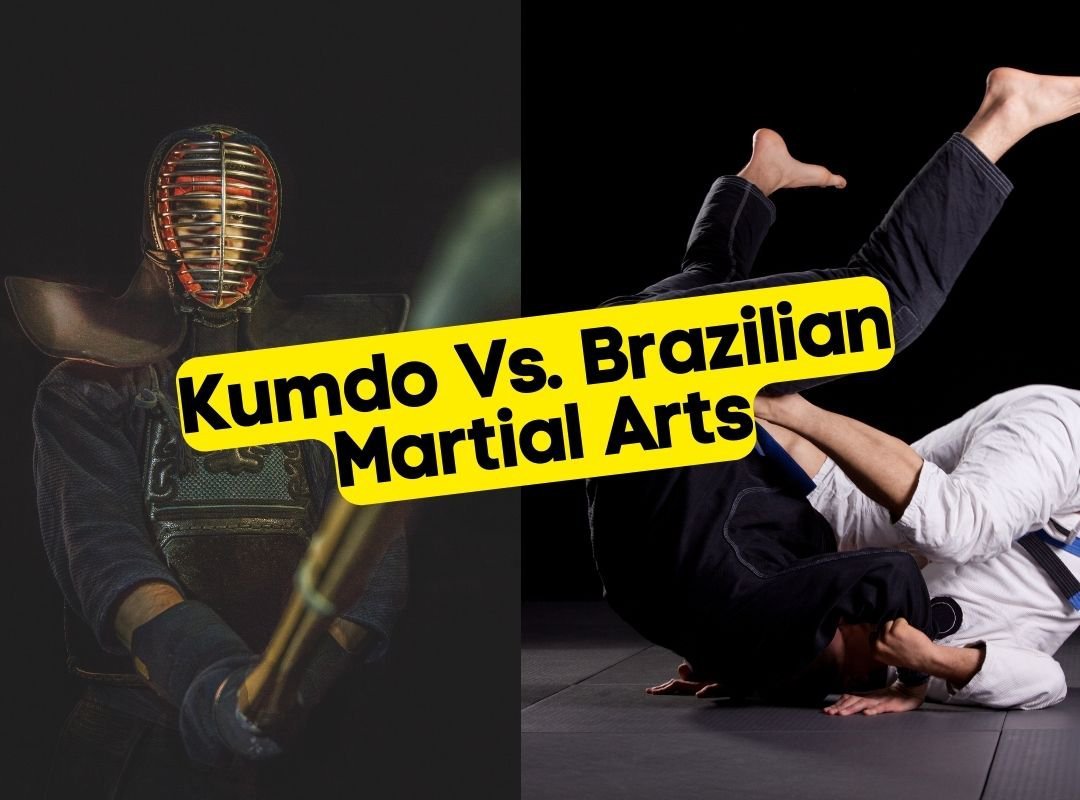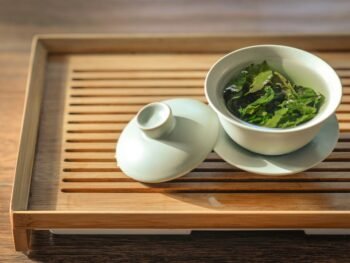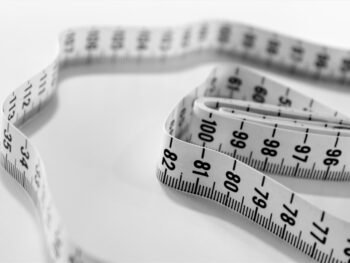Forms, also known as kata or kung fu forms, are a series of choreographed movements that are practiced in martial arts. These movements are designed to simulate combat scenarios and allow practitioners to practice techniques and develop their skills. Forms are an integral part of martial arts training and are often considered the foundation of many styles.
The importance of forms in martial arts cannot be overstated. They provide a structured way for practitioners to learn and refine techniques, improve physical fitness, and develop mental focus. By practicing forms, martial artists can develop muscle memory, improve coordination, and enhance their overall martial arts abilities.
The Origins of Kata and Kung Fu
Kata, which means "form" in Japanese, originated in Okinawa and was influenced by Chinese martial arts. It was developed as a way for Okinawan martial artists to practice their techniques in secret during a time when weapons were banned. Over time, kata evolved and became an integral part of Okinawan karate.
Kung fu, on the other hand, originated in China and has a long history dating back thousands of years. It is believed to have been developed by monks in the Shaolin Temple as a way to improve their physical fitness and defend themselves against bandits. Kung fu forms were created to teach specific techniques and principles, and they became an important part of Chinese martial arts.
Kata: The Traditional Japanese Forms
Kata is a fundamental aspect of Japanese martial arts such as karate, judo, and aikido. It consists of a series of prearranged movements that are performed in a specific order. Each movement has a specific purpose and represents different techniques or principles.
There are many different traditional Japanese kata, each with its own unique characteristics and purpose. For example, in karate, there are kata such as Heian Shodan, which is the first kata taught to beginners, and Bassai Dai, which is a more advanced kata that focuses on power and strength. These kata are practiced repeatedly to develop proper technique, timing, and rhythm.
Kata is considered to be the essence of Japanese martial arts. It is not only a physical practice but also a mental and spiritual one. Practicing kata requires focus, discipline, and concentration, and it helps to develop qualities such as patience, perseverance, and humility.
Kung Fu: The Chinese Martial Arts Forms
Kung fu forms are an integral part of Chinese martial arts and are practiced in styles such as Shaolin kung fu, Wing Chun, and Tai Chi. Kung fu forms consist of a series of movements that are performed in a specific sequence. Each movement has a specific purpose and represents different techniques or principles.
There are many different traditional Chinese kung fu forms, each with its own unique characteristics and purpose. For example, in Shaolin kung fu, there are forms such as Lohan Quan, which is a basic form that focuses on building strength and flexibility, and Da Hong Quan, which is an advanced form that emphasizes power and speed. These forms are practiced repeatedly to develop proper technique, balance, and coordination.
Kung fu forms are not only a physical practice but also a way to cultivate the mind and spirit. They require focus, concentration, and discipline, and they help to develop qualities such as patience, resilience, and self-control.
The Different Styles of Kata
There are many different styles of kata in Japanese martial arts. Each style has its own unique characteristics and emphasizes different techniques or principles. Some popular styles of kata include Shotokan, Goju-Ryu, Wado-Ryu, Shito-Ryu, and Kyokushin.
Shotokan is one of the most widely practiced styles of karate and is known for its strong stances and powerful techniques. Goju-Ryu, on the other hand, focuses on circular movements and breathing techniques. Wado-Ryu combines karate with elements of jujitsu and emphasizes fluid movements and evasion techniques. Shito-Ryu is a blend of different styles and incorporates both hard and soft techniques. Kyokushin is a full-contact style of karate that emphasizes physical conditioning and endurance.
Each style of kata has its own unique set of movements, techniques, and principles. Practitioners of each style strive to master their chosen kata through dedicated practice and repetition.
The Different Styles of Kung Fu
Just like kata, there are many different styles of kung fu, each with its own unique characteristics and emphasis. Some popular styles of kung fu include Shaolin, Wing Chun, Tai Chi, Baguazhang, and Xingyiquan.
Shaolin kung fu is one of the oldest and most well-known styles of kung fu. It is known for its dynamic movements, acrobatics, and powerful strikes. Wing Chun is a more compact style that focuses on close-range combat and quick, efficient movements. Tai Chi is a slow and graceful style that emphasizes relaxation, balance, and internal energy cultivation. Baguazhang is a circular style that focuses on footwork and evasive techniques. Xingyiquan is a linear style that emphasizes explosive power and direct attacks.
Each style of kung fu has its own unique set of forms, techniques, and principles. Practitioners of each style strive to master their chosen forms through dedicated practice and repetition.
The Benefits of Practicing Forms in Martial Arts
Practicing forms in martial arts offers numerous benefits for practitioners. Firstly, forms help to improve technique and precision. By practicing the specific movements and sequences in forms, martial artists can refine their techniques, develop proper body mechanics, and improve their overall martial arts skills. Forms also help to develop muscle memory, which allows practitioners to perform techniques instinctively and without conscious thought.
Secondly, forms improve physical fitness and mental focus. The repetitive nature of practicing forms helps to build strength, flexibility, and endurance. It also improves coordination, balance, and agility. Additionally, forms require concentration and mental focus, which helps to develop discipline, patience, and mental clarity.
Lastly, forms provide a way for practitioners to express themselves and showcase their skills. By performing forms, martial artists can demonstrate their mastery of techniques, their understanding of principles, and their ability to perform with precision and grace. Forms are often performed in demonstrations and competitions, allowing practitioners to showcase their abilities to a wider audience.
The Importance of Precision and Technique in Forms
Precision and technique are crucial in forms practice. Forms are meant to be performed with accuracy and precision, as each movement has a specific purpose and represents a specific technique or principle. By performing the movements with precision, martial artists can develop proper body mechanics, timing, and rhythm.
Improving precision and technique in forms requires dedicated practice and attention to detail. Practitioners should focus on performing each movement correctly, paying attention to proper alignment, posture, and execution. They should also strive to perform the movements with fluidity and grace, avoiding any unnecessary tension or stiffness.
Repetition is key in improving precision and technique in forms. By practicing the same movements over and over again, martial artists can refine their techniques, develop muscle memory, and improve their overall performance. It is important to practice with focus and intention, paying attention to every detail and striving for perfection.
The Role of Forms in Martial Arts Competitions
Forms play a significant role in martial arts competitions. In many competitions, participants are required to perform a specific form or a series of forms as part of their performance. Forms are judged based on criteria such as technique, precision, power, speed, and overall performance.
When performing forms in competitions, it is important to perform them accurately and with precision. Judges are looking for proper technique, correct timing, and fluid movements. They are also looking for power and speed, as well as the ability to perform with confidence and control.
Performing forms accurately in competitions requires dedicated practice and preparation. It is important to practice the specific form or forms that will be performed in the competition, paying attention to every detail and striving for perfection. It is also important to practice performing under pressure, as competitions can be nerve-wracking and can affect performance.
How to Learn and Practice Forms
Learning and practicing forms requires dedication, discipline, and guidance. It is important to find a qualified instructor who can teach you the proper techniques, sequences, and principles of the forms you wish to learn. A qualified instructor can provide feedback, corrections, and guidance to help you improve your performance.
When learning forms, it is important to start with the basics and progress gradually. Begin by learning the individual movements and sequences of the form, focusing on proper technique and execution. Once you have mastered the individual movements, you can start practicing the entire form from start to finish.
Practice regularly and consistently to develop muscle memory and improve your performance. Set aside dedicated time for practicing forms and make it a part of your regular training routine. Practice with focus and intention, paying attention to every detail and striving for precision.
The Beauty and Diversity of Forms in Martial Arts
In conclusion, forms are an integral part of martial arts training. They provide a structured way for practitioners to learn and refine techniques, improve physical fitness, and develop mental focus. Whether it is kata in Japanese martial arts or kung fu forms in Chinese martial arts, forms offer numerous benefits for practitioners.
The beauty and diversity of forms in martial arts are truly remarkable. Each style has its own unique set of forms, techniques, and principles, allowing practitioners to express themselves and showcase their skills. By practicing forms with precision and technique, martial artists can develop their abilities and become well-rounded practitioners.
So, whether you are a beginner or an advanced martial artist, make sure to incorporate forms into your training. Embrace the challenge, appreciate the beauty, and continue to learn and grow through the practice of forms in martial arts.









